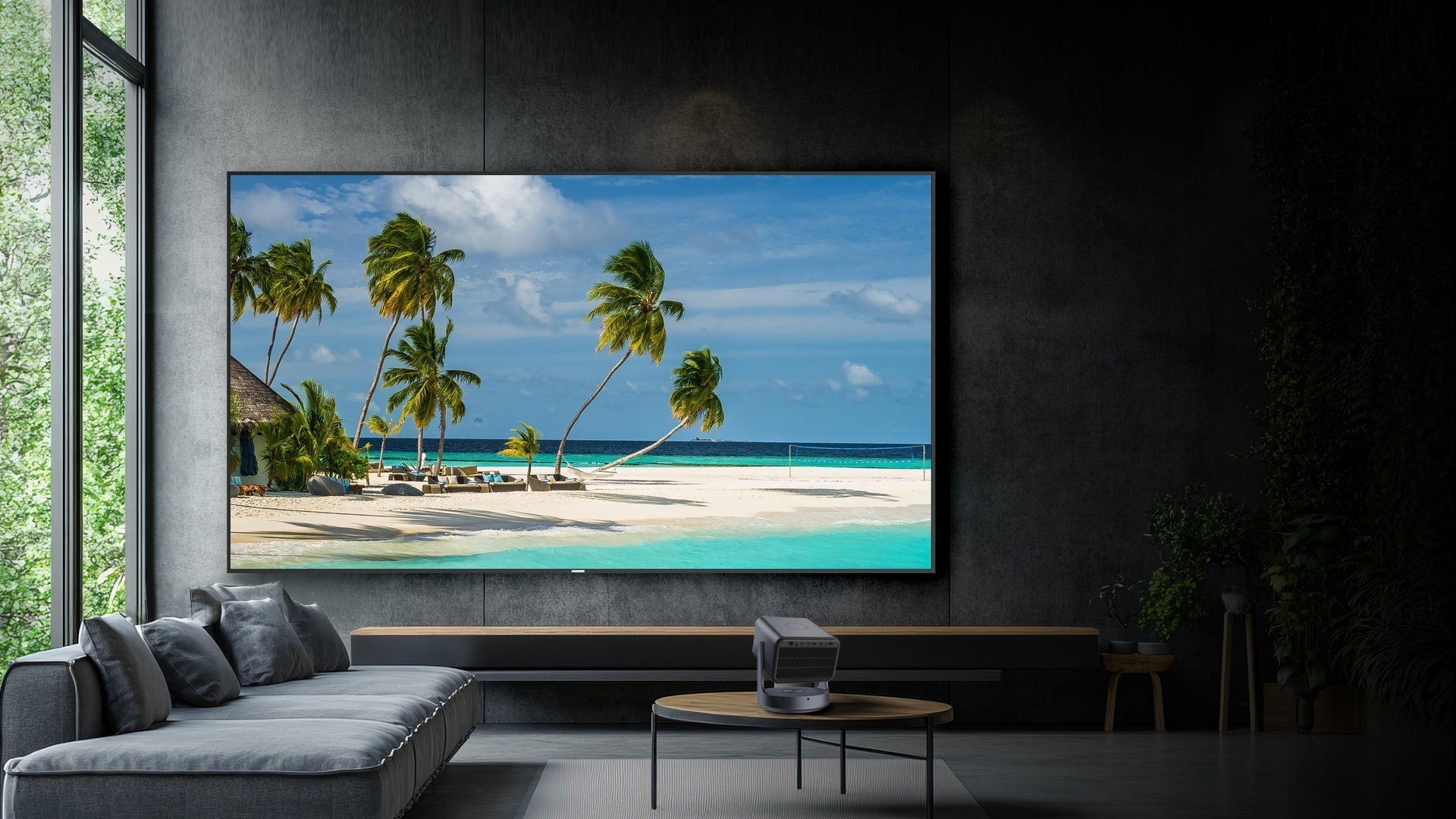When researching high-end projector screens, you’ve probably come across Fresnel screens — often praised for their stunning contrast, high brightness, and premium visual experience, especially in bright rooms.
But the big question remains:
Is a Fresnel screen really the best option out there?
Let’s take a closer look at what makes Fresnel screens special — and why they might not always be the perfect fit for everyone.
What is a Fresnel Screen?
A Fresnel screen uses a special lens-like surface made up of concentric grooves (similar to the lens in a lighthouse). These grooves are carefully shaped to reflect light from the projector directly toward the viewer’s eyes, while rejecting light from other directions — especially from the ceiling and sides.
In simple terms: Fresnel screens are engineered to boost brightness and contrast in ambient light, especially when paired with Ultra Short Throw (UST) projectors.
What Makes Fresnel Screens So Good?
-
Excellent Ambient Light Rejection
The directional design allows the screen to reject overhead and side light very effectively, giving you a clear, vivid image even in bright rooms. -
High Contrast and Sharpness
Fresnel screens make blacks look deeper and colors more vibrant — ideal for movie nights or sports events in the daytime.
But Are They Always the Best?
Not necessarily. Here’s why:
-
Limited Viewing Angle
Fresnel screens are highly directional — they look best only when you are sitting directly in front. Move off to the side, and the image brightness and contrast may drop significantly. -
Fragile and Not Rollable
They are usually made from rigid, hard panels, which makes them less flexible for different setups. -
More Expensive
Fresnel screens tend to be more costly than other ALR or CLR alternatives. For casual or budget-conscious users, the premium may not be justified. -
Requires Strict Setup Alignment
Fresnel screens demand precise alignment with the projector. Even small changes in the projector’s height, tilt, or distance can noticeably affect image quality.
So, Is a Fresnel Screen the Best?
The real answer is: it depends on your needs.
If you have a UST projector, want great daytime performance, and don’t mind paying a bit more, a Fresnel screen might be your perfect match.
But if you need a wide viewing angle, plan to move your screen around, or prefer more flexible installation, there may be better choices — such as optical ALR fabrics or flexible CLR screens.
Know your space. Know your projector.
Then choose the screen that truly fits.



Share:
The Difference Between CLR and ALR
Can Fresnel Optical Screens Be Used in Motorized Floor Rising Designs?